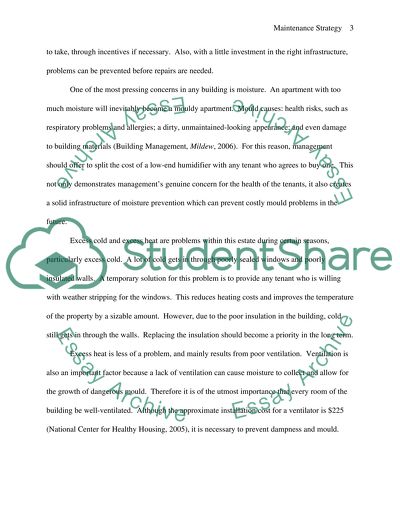Cite this document
(“Maintenance Strategy Assignment Example | Topics and Well Written Essays - 2500 words”, n.d.)
Maintenance Strategy Assignment Example | Topics and Well Written Essays - 2500 words. Retrieved from https://studentshare.org/sociology/1521916-maintenance-strategy
Maintenance Strategy Assignment Example | Topics and Well Written Essays - 2500 words. Retrieved from https://studentshare.org/sociology/1521916-maintenance-strategy
(Maintenance Strategy Assignment Example | Topics and Well Written Essays - 2500 Words)
Maintenance Strategy Assignment Example | Topics and Well Written Essays - 2500 Words. https://studentshare.org/sociology/1521916-maintenance-strategy.
Maintenance Strategy Assignment Example | Topics and Well Written Essays - 2500 Words. https://studentshare.org/sociology/1521916-maintenance-strategy.
“Maintenance Strategy Assignment Example | Topics and Well Written Essays - 2500 Words”, n.d. https://studentshare.org/sociology/1521916-maintenance-strategy.


